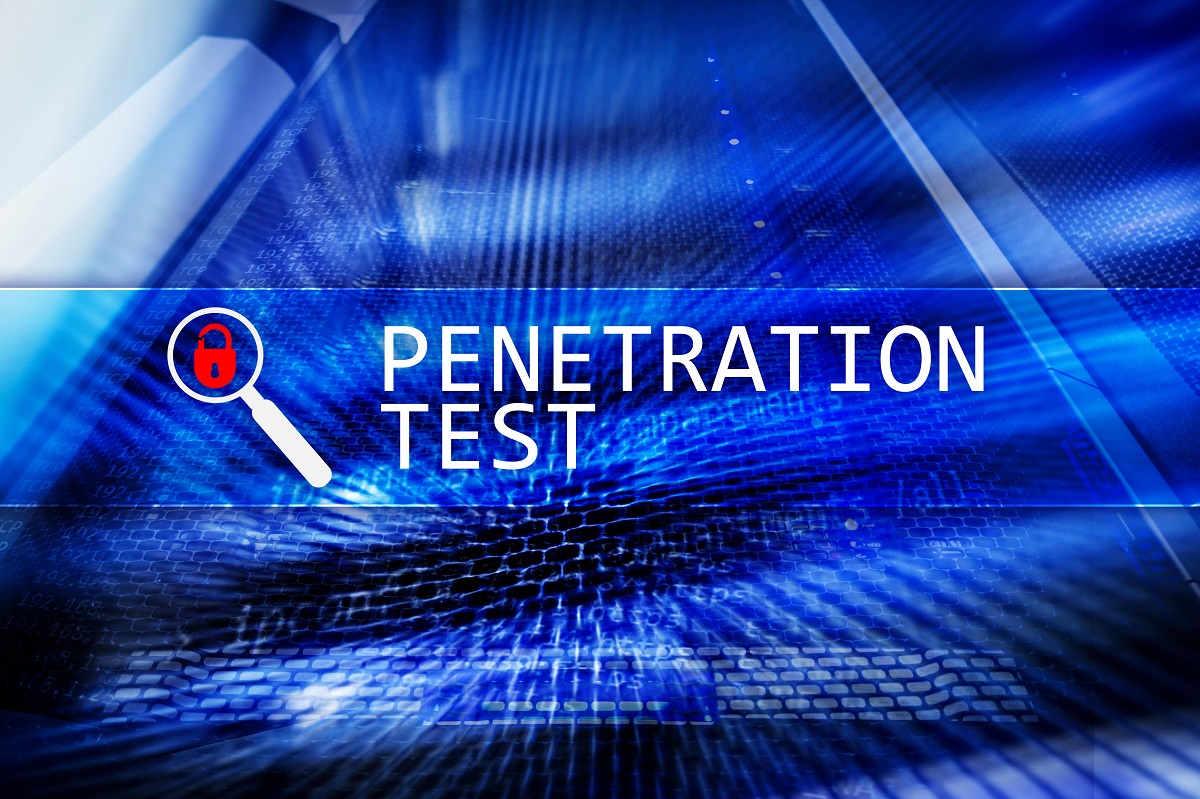In today’s digital landscape, the importance of data security cannot be overstated. With cyber threats growing in sophistication and frequency, organizations must prioritize safeguarding their corporate data to avoid potential breaches and protect sensitive information. From hardening Windows systems to adding access control and network segmentation, there are several effective strategies that organizations can implement to strengthen their data security measures.
The first step towards improving data security is to harden Windows systems. Windows operating systems are widely used in corporate environments, making them an attractive target for cybercriminals. By hardening these systems, organizations can reduce vulnerabilities and enhance protection against potential threats. This can involve disabling unnecessary services, applying regular software updates, and configuring security settings to ensure that only authorized personnel can access sensitive data.
Another crucial aspect of data security is implementing access control measures. Organizations need to ensure that only authorized users have access to sensitive information. This can be achieved through the use of strong and unique passwords, multi-factor authentication (MFA), and least privilege principles. Employing MFA adds an extra layer of security by requiring users to provide two or more pieces of evidence to verify their identity, such as a password and a fingerprint. Least privilege principles limit user access rights to only the essential resources needed to perform their job, minimizing the risk of unauthorized access.
Furthermore, network segmentation is an effective strategy for improving data security. By dividing a network into smaller isolated segments, organizations can limit the potential damage caused by a breach. If one segment is compromised, the remaining segments remain unaffected, preventing the unauthorized access from spreading throughout the entire network. Implementing network segmentation can be achieved through the use of firewalls, virtual local area networks (VLANs), and access control lists (ACLs), which create separate zones within the network.
In addition to these measures, organizations should regularly backup their data and store it securely. Data backups serve as a safety net in the event of a breach or system failure. By regularly backing up critical data and storing it in secure and remote locations, organizations can easily recover their information and minimize potential disruptions. It is also crucial to encrypt data, both at rest and in transit, to prevent unauthorized access. Encryption ensures that even if data is intercepted, it remains unreadable without the encryption key.
Furthermore, organizations should invest in comprehensive cybersecurity training for their employees. Human error remains one of the leading causes of data breaches, so educating employees about common cyber threats, phishing scams, and best security practices is paramount. Regular training sessions and simulated phishing exercises can help employees remain vigilant and enhance their ability to identify and report potential security risks.
Lastly, organizations should stay updated on the latest cybersecurity trends and regularly assess their data security measures. Cyber threats are evolving rapidly, and new vulnerabilities are discovered regularly. By staying informed and reviewing their security protocols, organizations can proactively identify and address potential weaknesses. Conducting regular penetration testing and vulnerability assessments can help identify any vulnerabilities and provide actionable insights to improve data security further.
In conclusion, securing corporate data is of utmost importance in today’s digital age. By implementing strategies such as hardening Windows systems, enforcing access control measures, segmenting the network, regularly backing up data, encrypting data, providing comprehensive cybersecurity training, and staying updated on the latest trends, organizations can significantly enhance their data security measures. Taking proactive steps to protect corporate data is crucial in safeguarding sensitive information from cyber threats and potential breaches.


